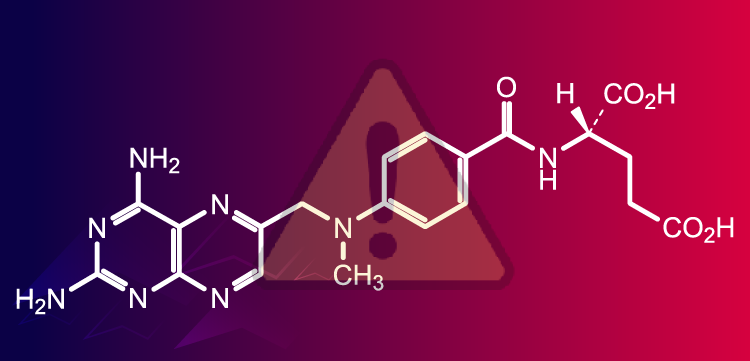
Sunesis Pharmaceuticals, Inc, announced that the US Food and Drug Administration has granted voreloxin orphan drug designation for the treatment of acute myeloid leukemia (AML). Sunesis is currently conducting two phase II clinical trials of voreloxin in AML: a single-agent study (REVEAL-1) in newly diagnosed elderly AML patients unlikely to benefit from standard induction chemotherapy and a study evaluating the drug in combination with cytarabine in relapsed/refractory AML.














































































